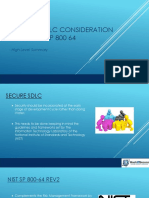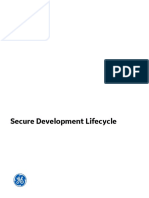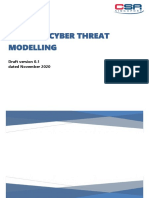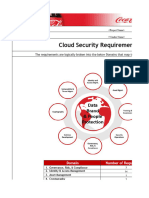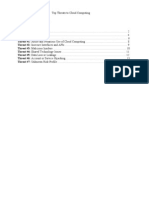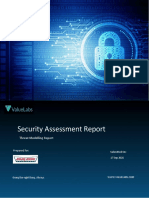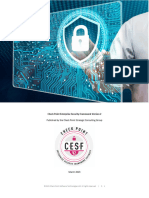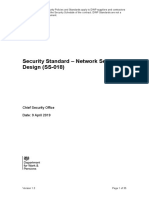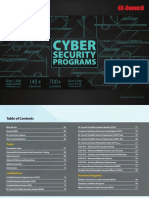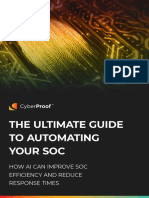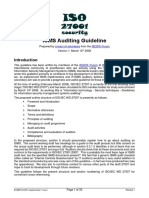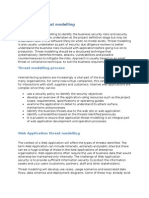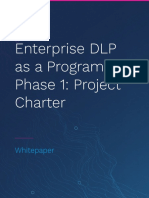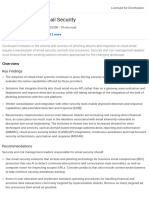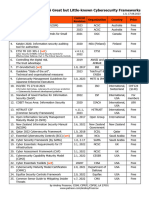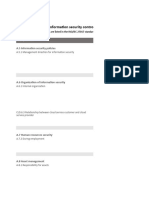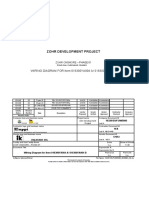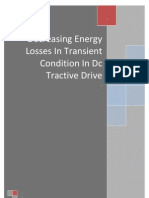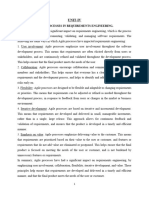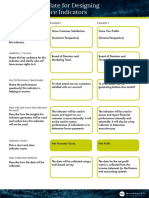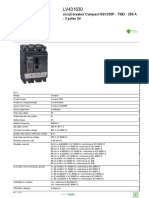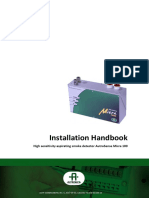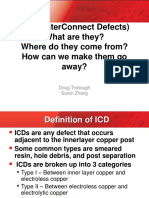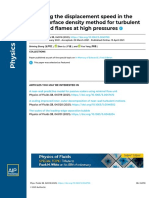0% found this document useful (0 votes)
320 views4 pagesDev Sec Ops
The document outlines various security testing techniques that can be used at different stages of the software development lifecycle (SDLC) to implement DevSecOps. It discusses static and dynamic application security testing, software composition analysis, secure code reviews, container scanning, fuzzing, and more. The techniques aim to identify vulnerabilities early and continuously to help developers build more secure software. Runtime techniques like runtime application self-protection and penetration testing are also covered to help secure applications in production.
Uploaded by
mohamed 00Copyright
© © All Rights Reserved
We take content rights seriously. If you suspect this is your content, claim it here.
Available Formats
Download as PDF, TXT or read online on Scribd
0% found this document useful (0 votes)
320 views4 pagesDev Sec Ops
The document outlines various security testing techniques that can be used at different stages of the software development lifecycle (SDLC) to implement DevSecOps. It discusses static and dynamic application security testing, software composition analysis, secure code reviews, container scanning, fuzzing, and more. The techniques aim to identify vulnerabilities early and continuously to help developers build more secure software. Runtime techniques like runtime application self-protection and penetration testing are also covered to help secure applications in production.
Uploaded by
mohamed 00Copyright
© © All Rights Reserved
We take content rights seriously. If you suspect this is your content, claim it here.
Available Formats
Download as PDF, TXT or read online on Scribd
/ 4






